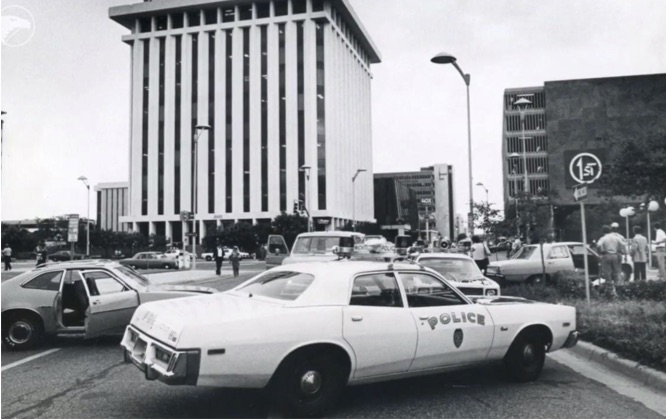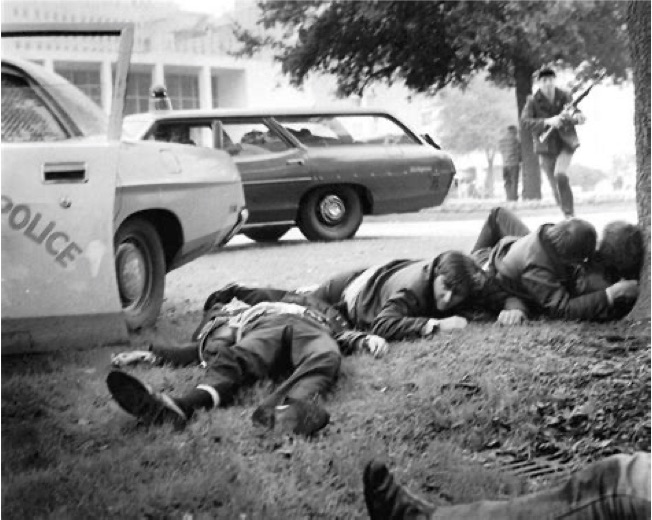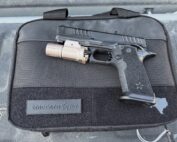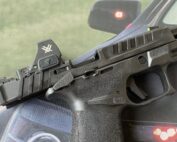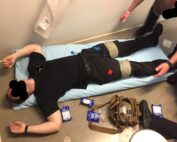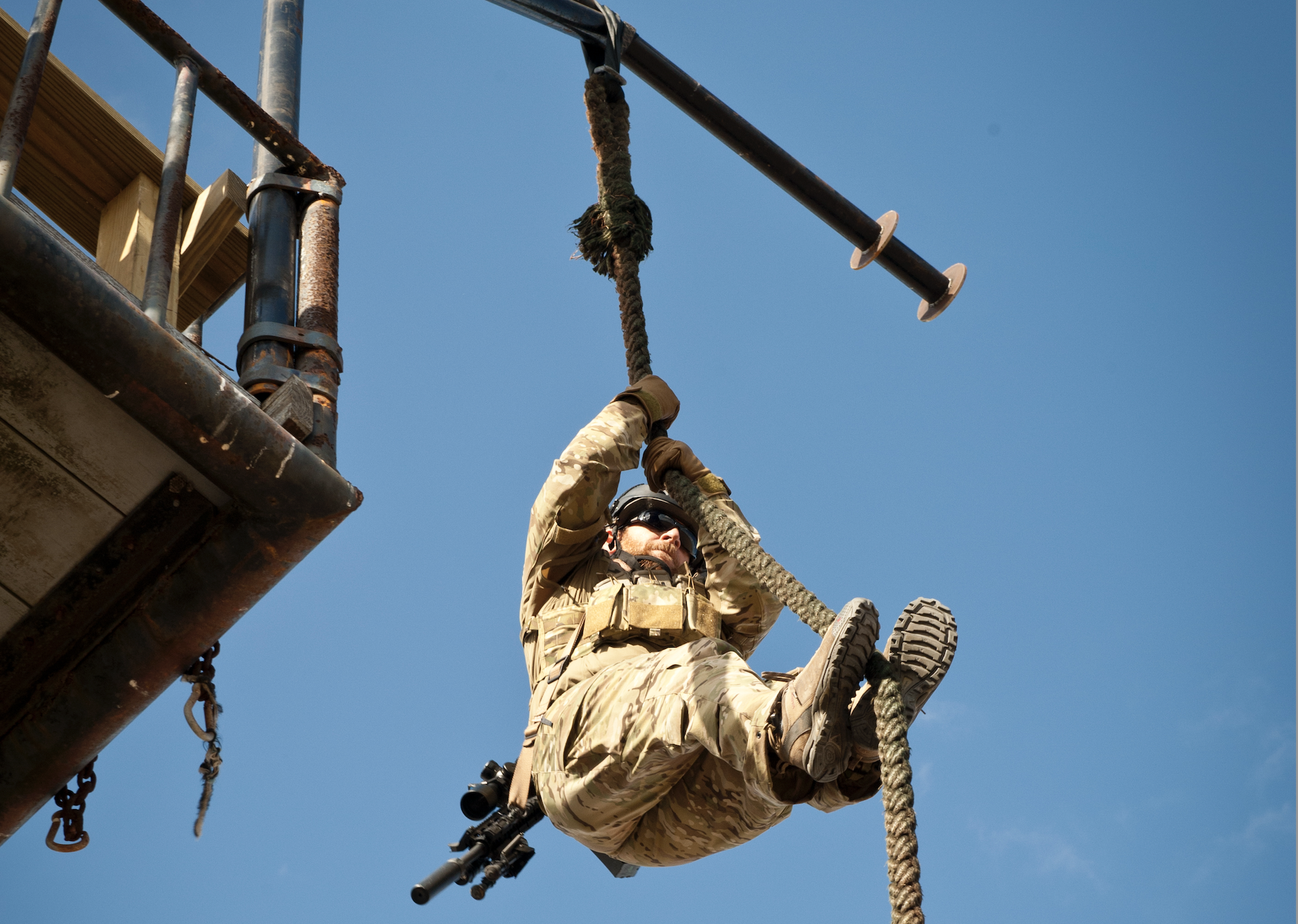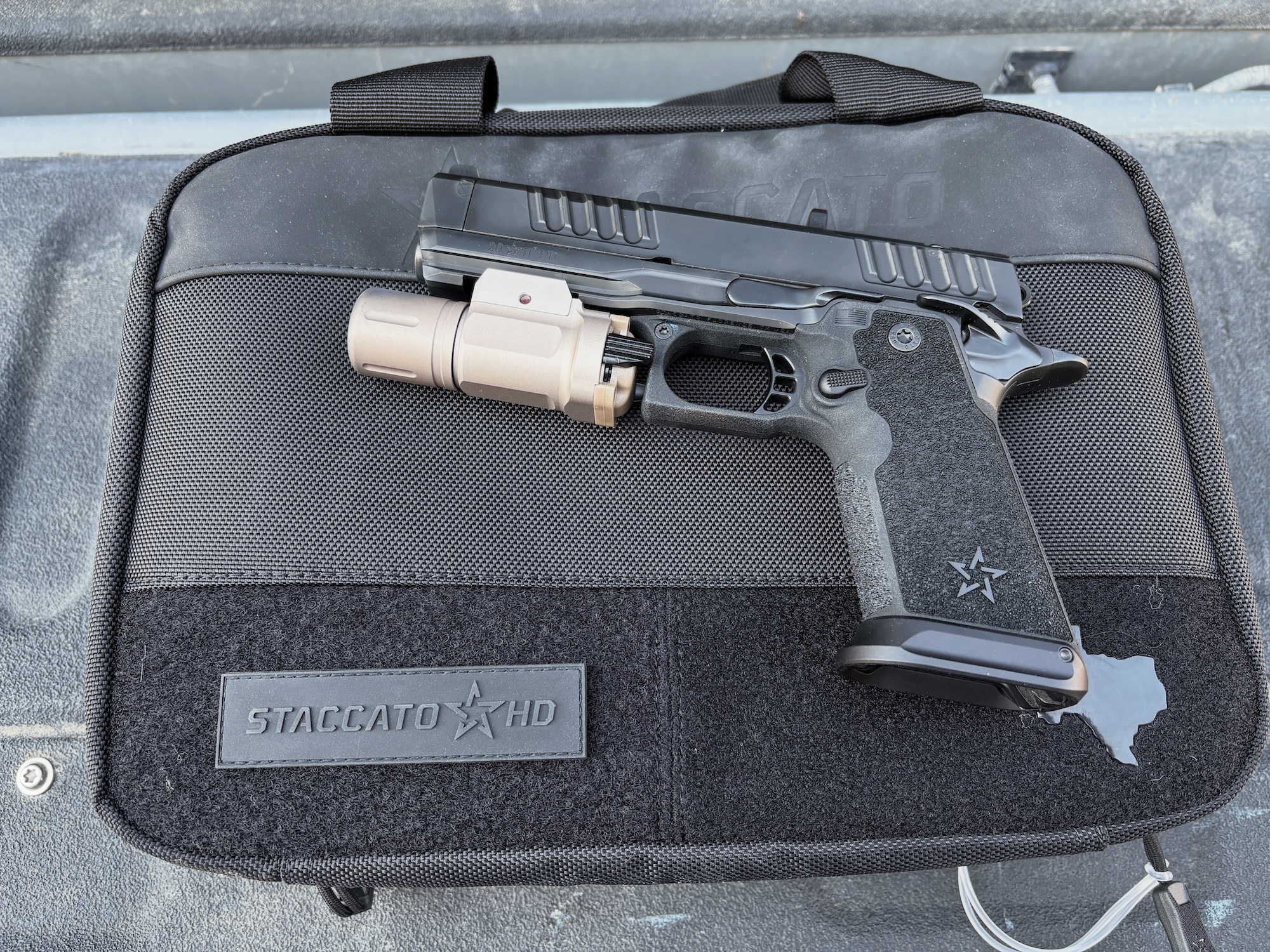
wood-LAMPD_Report_024_Site
(courtesy of cuny.edu)
It’s disappointing that we don’t pay better attention to our own history
I am writing this just after returning from Las Vegas and the SHOT Show. An outstanding trip, a much-needed reunion with friends, and a celebration of the shooting, hunting, and outdoor culture. For American COP readers, throughout the show, there was unabashed support for law enforcement.
While most of my time in Vegas focused on our industry, I can never visit without reflecting on the horrific events of October 1st, 2017, when a killer turned a Mandalay Bay hotel suite at the Mandalay Bay hotel into a crime scene. From his perch, the killer released a torrent of rounds, killing approximately 60 people and wounding over 400 more at the Route 91 Harvest music festival.
First Reactions
During the 2018 SHOT Show, officers from all over the nation gathered in a conference room at the Sands Exposition Center. National Tactical Officers Association’s Don Alwes gave an Active Shooter Update presentation – part of the Law Enforcement Education Program. The shock of the mass killing was still fresh, and emotions were still raw, particularly for those who responded to the event.
Some attendees voiced common reactions to the mass casualty event, which had been echoed by others in the weeks prior:
“We never expected something like this;”
“We weren’t prepared for something like this;”
“We’ve never seen anything like this before.”
Why Not?
Alwes and other historically-minded officers in the conference room had a different reaction.
The “elevated mass shooter problem” was neither new nor unique. Knowing their profession’s history, they knew about similar events. They understood that many of the “novel” ideas and approaches being suggested to deal with similar events had been tried before, with varying degrees of success.
A Grim History
Those events included:
- The August 1st, 1966, University of Texas, Austin attack, with 14 people killed and 31 wounded by a killer shooting from the 28th-floor observation deck of a tower in the center of campus. The suspect’s concealed and elevated position made it difficult for armed citizens and police to engage him from ground level. An ad hoc team of officers and an armed citizen climbed the staircase to flank and engage the killer.

The “borrowed” Marine helicopter at the New Orleans’ HoJo attack. 200+ rounds were fired from this aircraft!
- The January 7th, 1973, Howard Johnson’s attack in New Orleans, LA. The attacker set fire to the hotel before shooting at police and citizens below from various floors of the hotel, as well as the roof. This attack began with two police ambushes (in which two officers were killed and one wounded) before the suspect fled to the Howard Johnson’s hotel. Four citizens and three officers were killed at the hotel. Six citizens (including two firemen and an ambulance driver) and seven officers were wounded by the suspect. The suspect was eventually killed by police officers shooting from a Marine Corps helicopter. The pilot “borrowed” it, without permission, after seeing the police pinned down, on television;
- The August 11th, 1976, Holiday Inn shooting in Wichita, KS. From a 26th-floor room, the attacker killed three and wounded eight. The suspect rode the elevator to the top floor with two rifles and a lunch pail full of ammunition, then began to shoot innocents below. A team of police officers entered an adjacent room before shooting the suspect through a piece of glass that separated the balcony patios;
- The August 25th, 1979 Royal Hawaiian Shopping Center shooting in Waikiki Beach. From atop a building under construction, the attacker wounded five people. The shooter had previously been committed to a state mental hospital for a similar sniper attack in 1973. The suspect surrendered to police and was taken into custody.
No Surprises
Studying these events should lead police departments across the nation to consider how they would respond to a similar event and develop contingency plans. If these events happen in Austin, New Orleans, Wichita, and Honolulu, they could happen anywhere else.
Yet, after the Route 91 event, we saw agencies, trainers, and officers across the nation scrambling to figure out what they would do because “we’ve never seen anything like that before.”
Hmm . . . “never seen,” or “never paid attention to?”
Look Back to Learn
It’s disappointing that law enforcement doesn’t know our own history. There are valuable lessons to be discovered if we spend time studying the past.
Whether the issue is elevated snipers, riots, high-risk vehicle stops, hostage scenarios, bombings, vehicle pursuits, courthouse attacks, robberies, domestic terrorism, ambushes, or any other law enforcement emergency under the sun, our predecessors have experienced it. Sometimes, they were successful; other times, they made mistakes.
Either way, we could learn from their experiences and use them to guide our own preparations and responses.
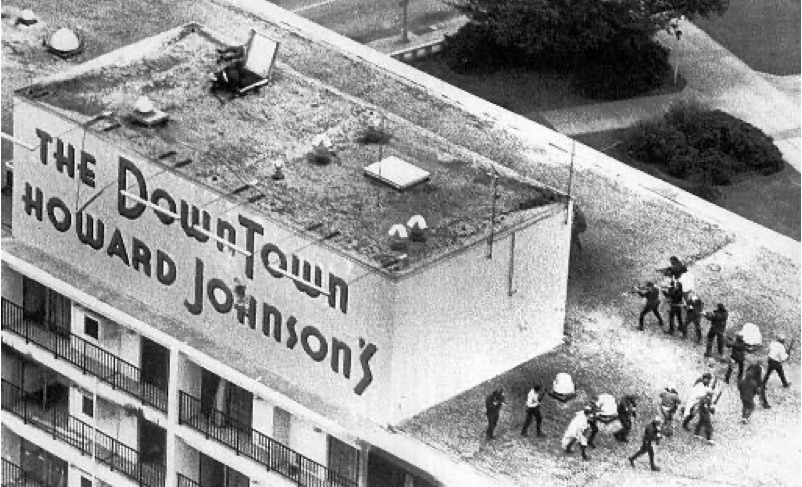
The New Orleans Howard Johnson attack – the gunman was killed inside the stairwell on the backside of this concrete structure on the roof.
Sadly, we don’t. We get so overwhelmed handling day-to-day tasks that we don’t take the time to learn important lessons and make changes. Is your agency well-prepared for an active shooter in a school? Sadly, there’s an abundance of lessons to be learned from agencies who thought they were ready but weren’t. Will you join that club or benefit from their example?
A Challenge
In my discussions with members of the Las Vegas Metropolitan Police Department who responded to the Route 91 Harvest MCI, I learned about officers, medics, firemen, and other public safety personnel who showed ingenuity, initiative, and bravery in their response to the attack. Nothing here should be misconstrued as criticism of these responders. They did the best they could in fast-breaking, confusing, and dangerous conditions. They deserve our respect and thanks.
However, the Route 91 Harvest MCI is an example of the profession getting caught off guard by a forgotten threat from the past, leaving them less prepared to deal with it when it eventually resurfaced.
FINAL THOUGHTS
In that sense, I challenge the law enforcement profession to focus on gleaning the important lessons from our past. The more you look backward, the more you will understand the present and the threats you are likely to face in the future. We can’t afford:
– to get caught flat-footed by a threat that we’ve encountered before and should be prepared for.
– making the same costly mistakes again.
– to have another Newhall, Onion Field, or Uvalde. The price is too terrible to pay.
Fortunately, we can mitigate those risks and lessen the chances of another occurrence if we only pay attention to the lessons that are waiting for us to discover them.
God bless you all, and be safe out there.
About the Author: Mike Wood is a law enforcement trainer and the author of Newhall Shooting: A Tactical Analysis, the acclaimed study of the 1970 gunfight that shaped police training, equipment and culture for generations. Mike also serves as the Senior Editor at RevolverGuy.com.


 (No Ratings Yet)
(No Ratings Yet)
